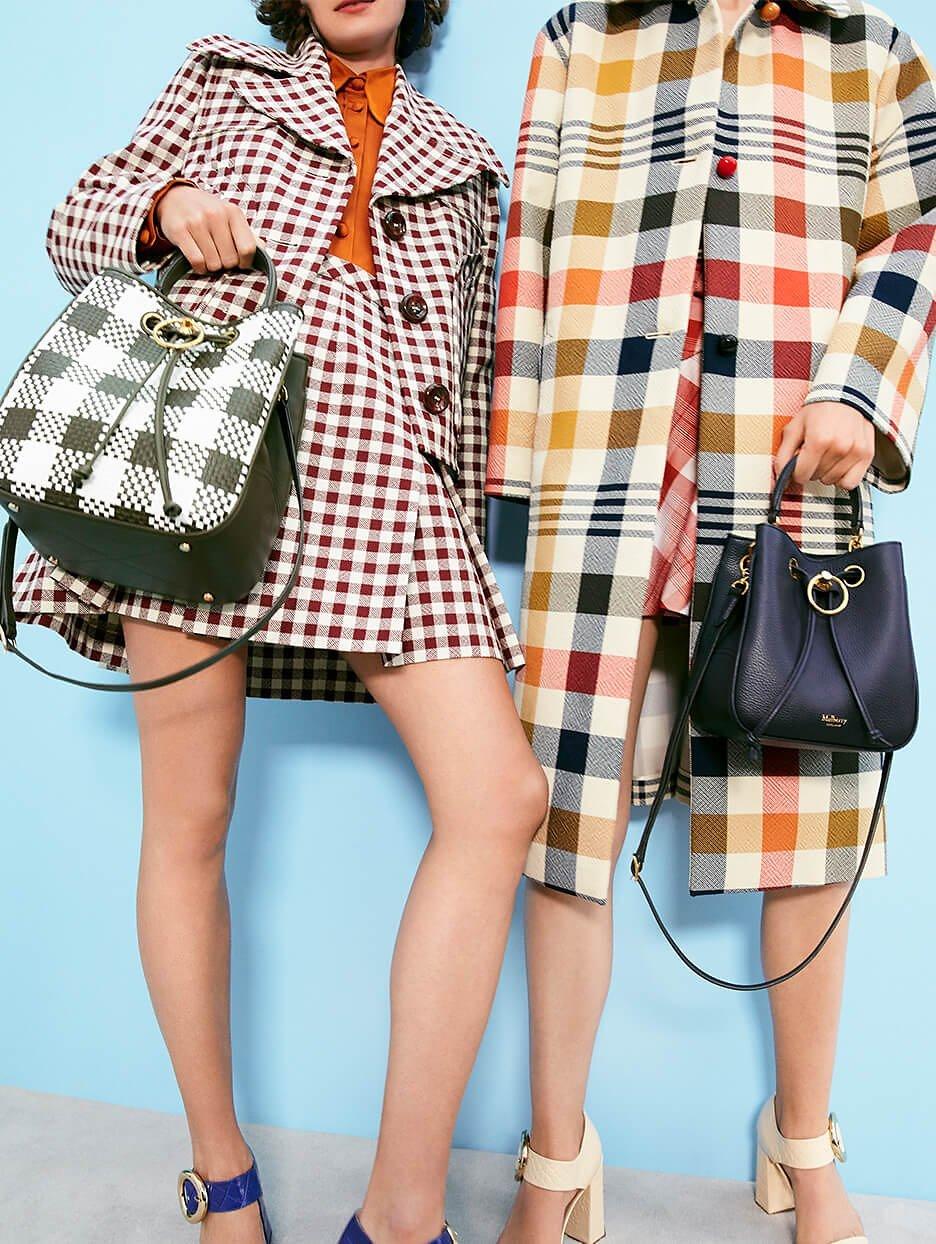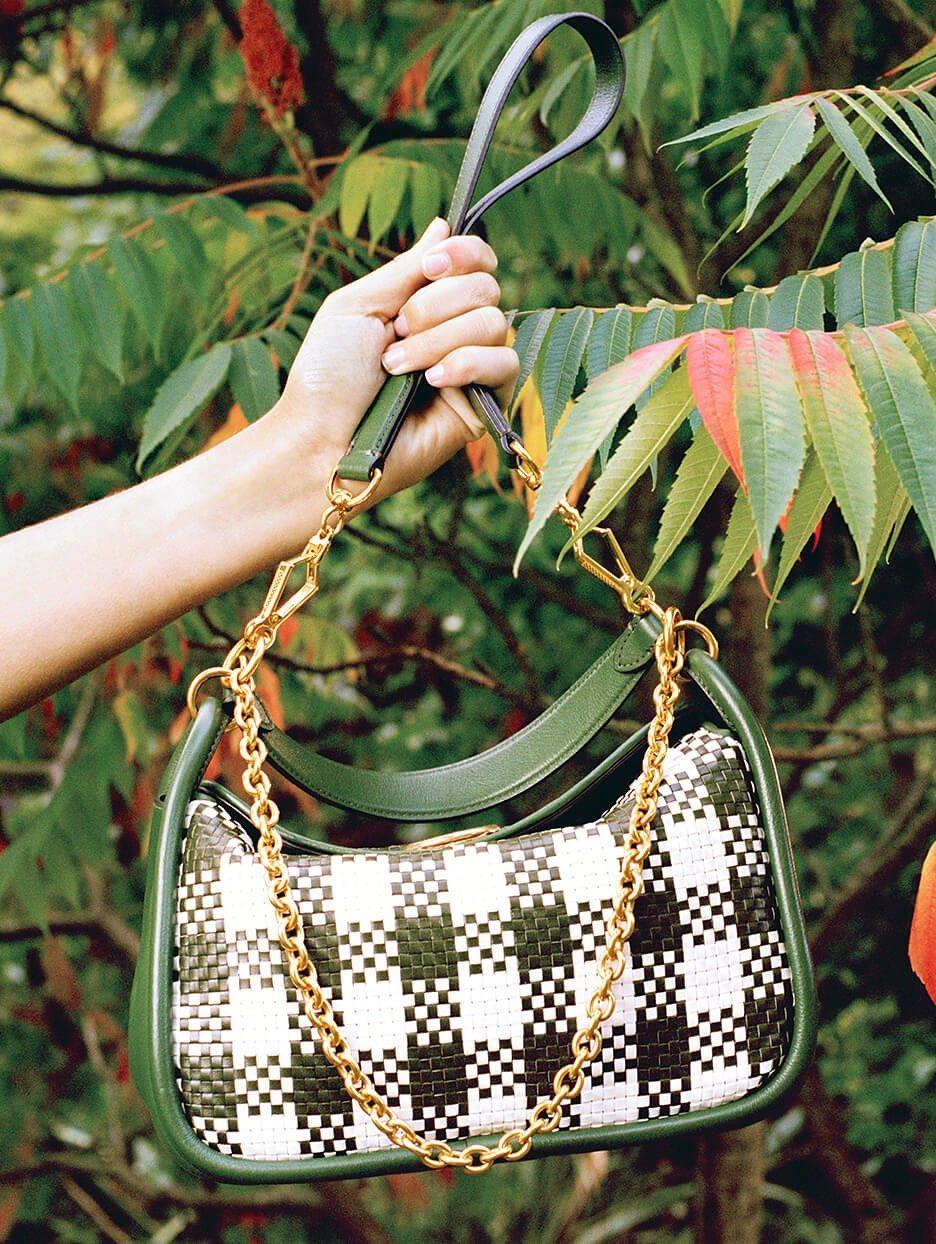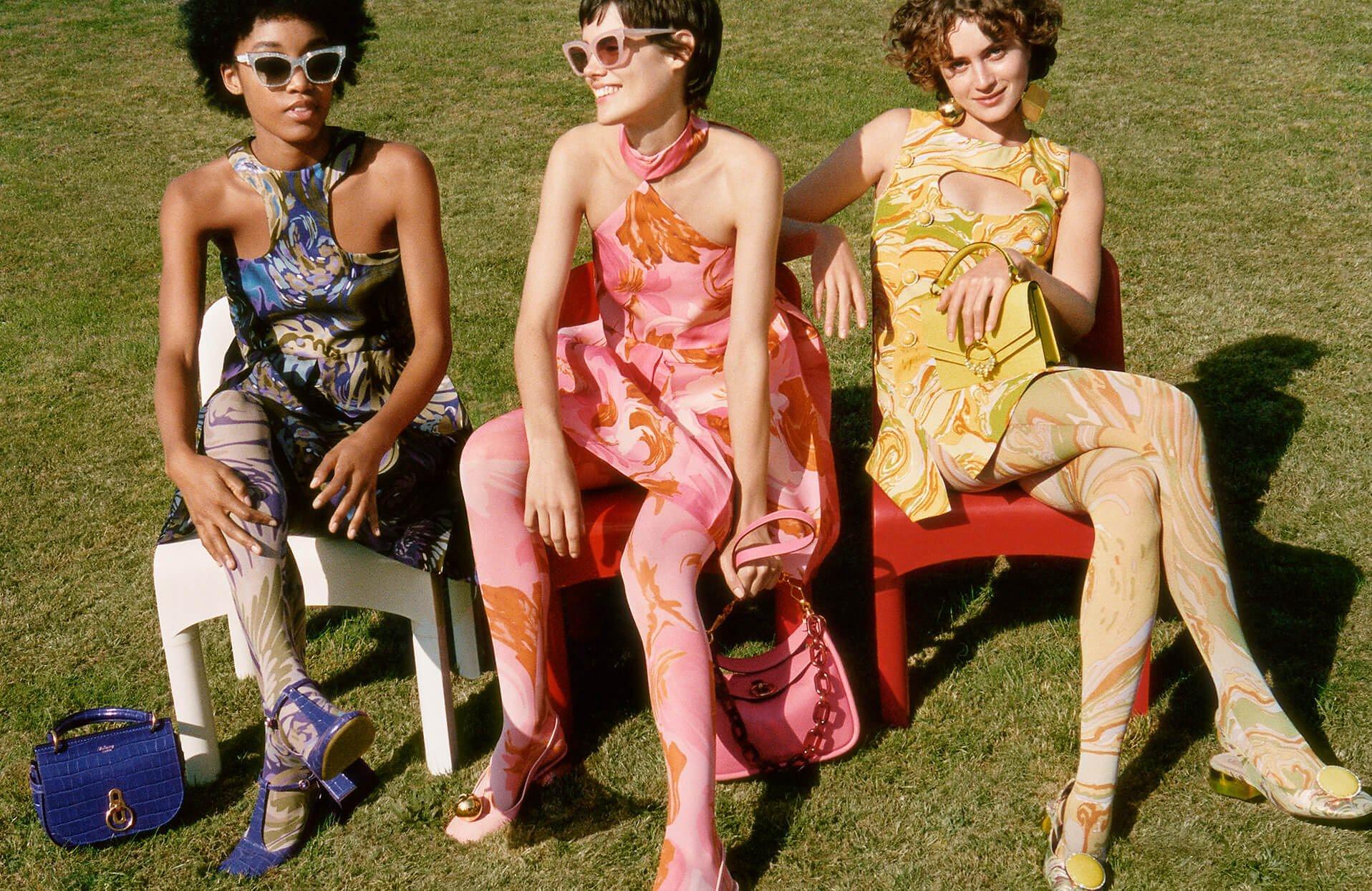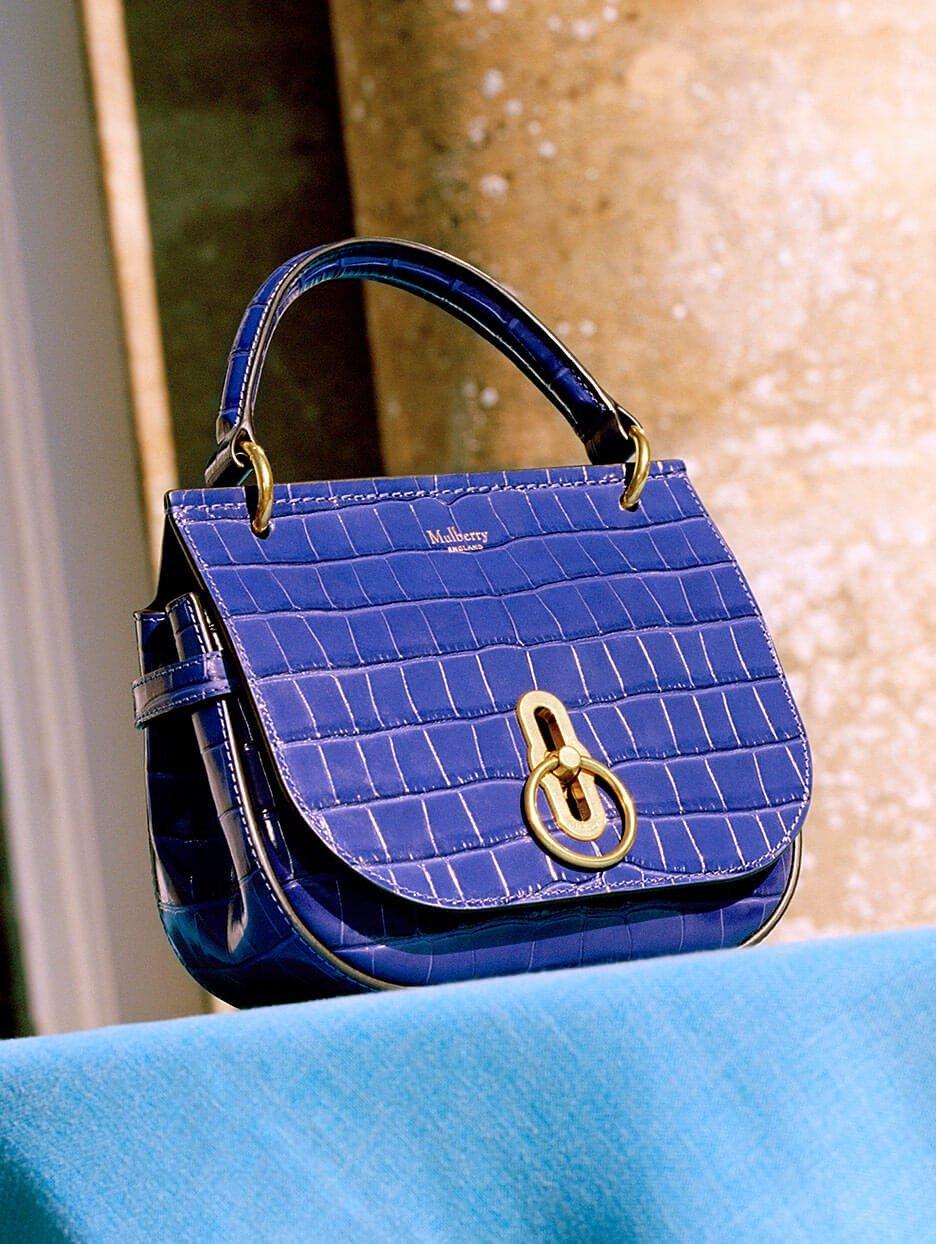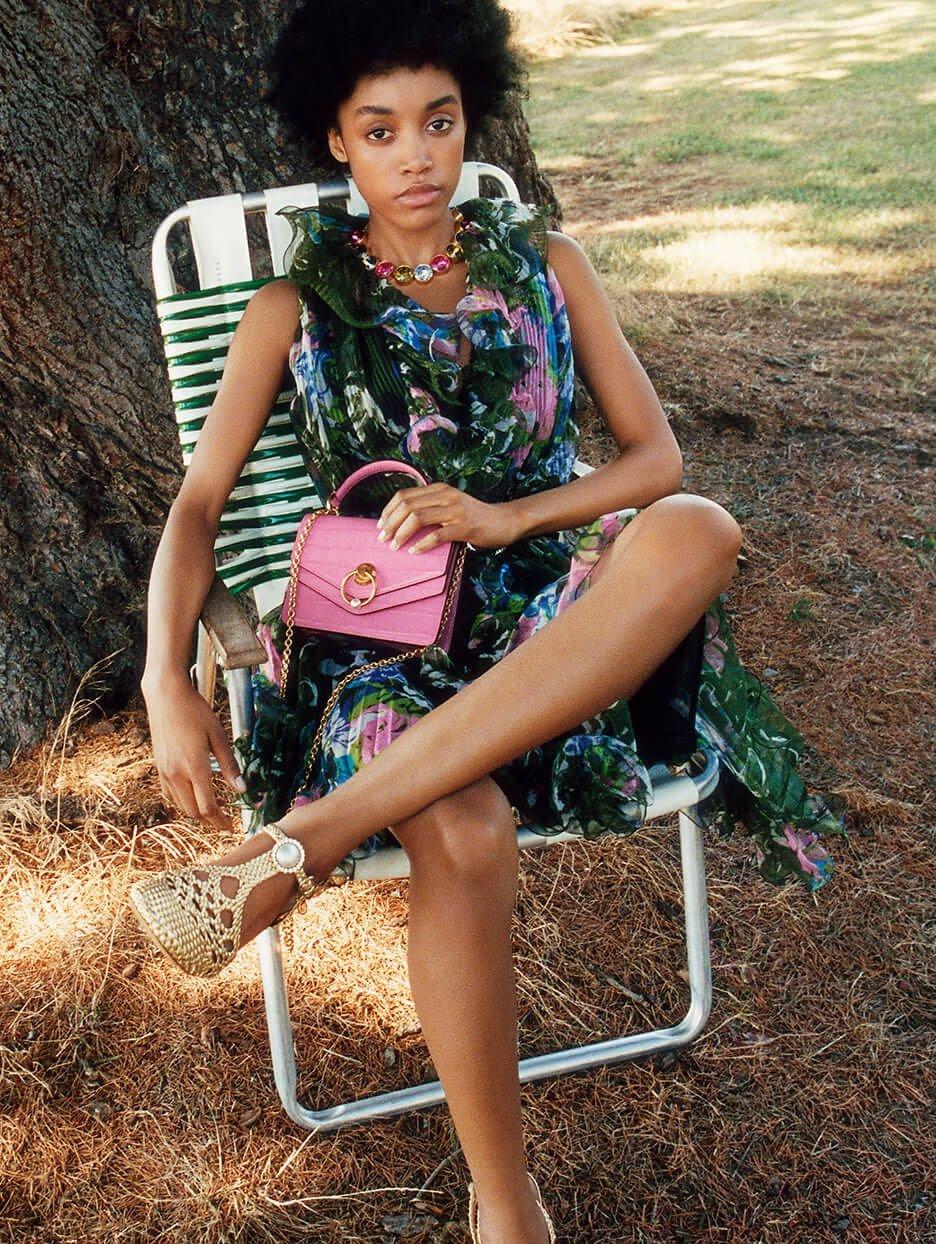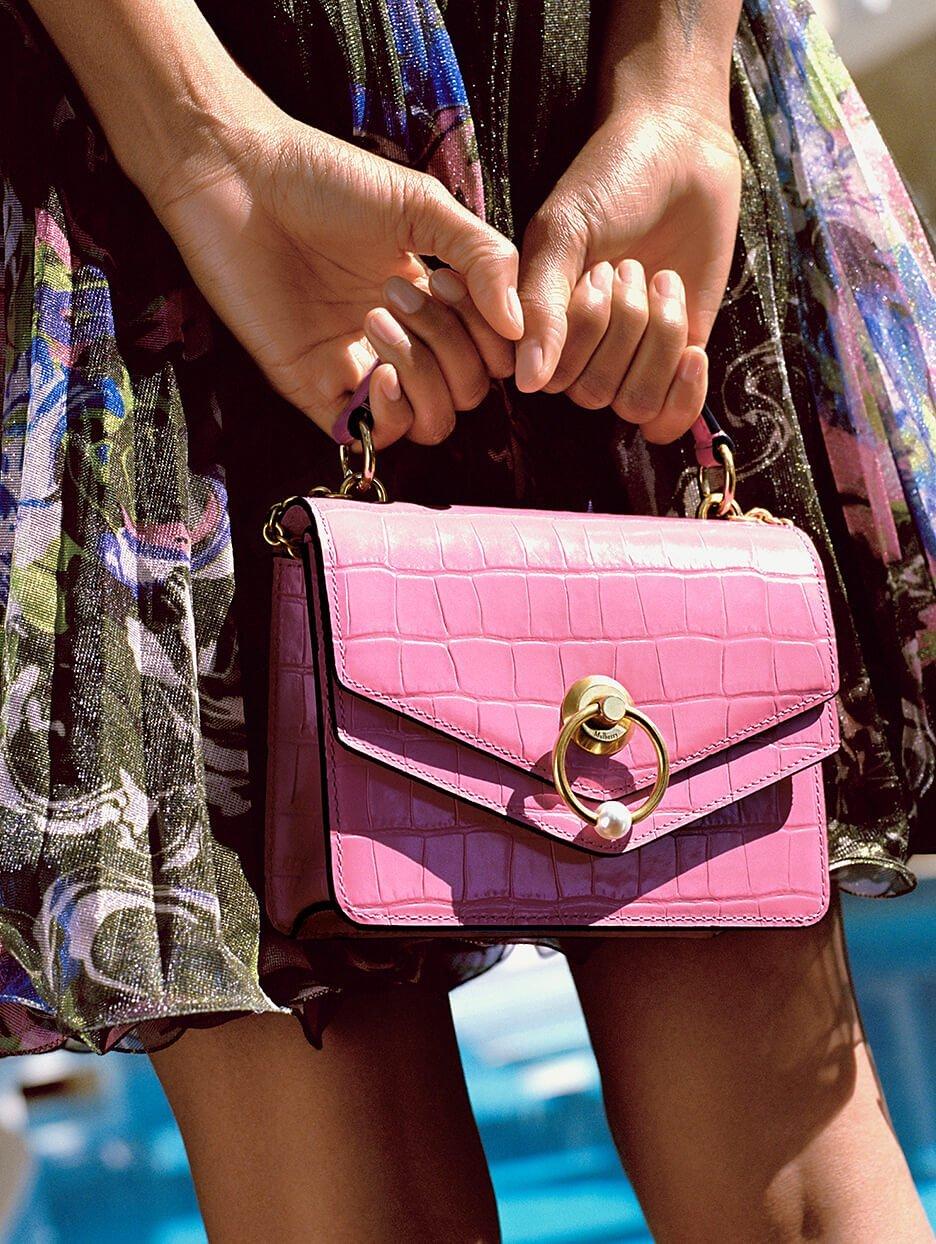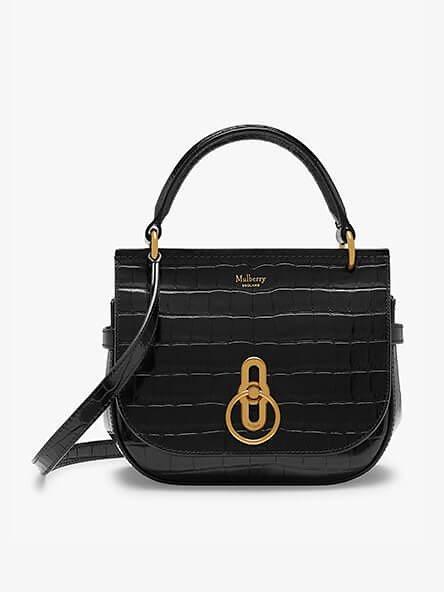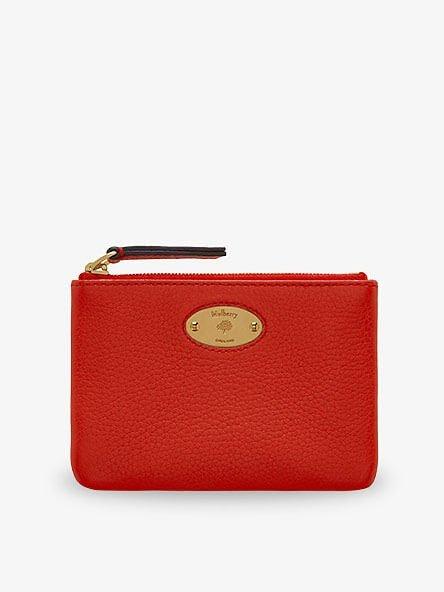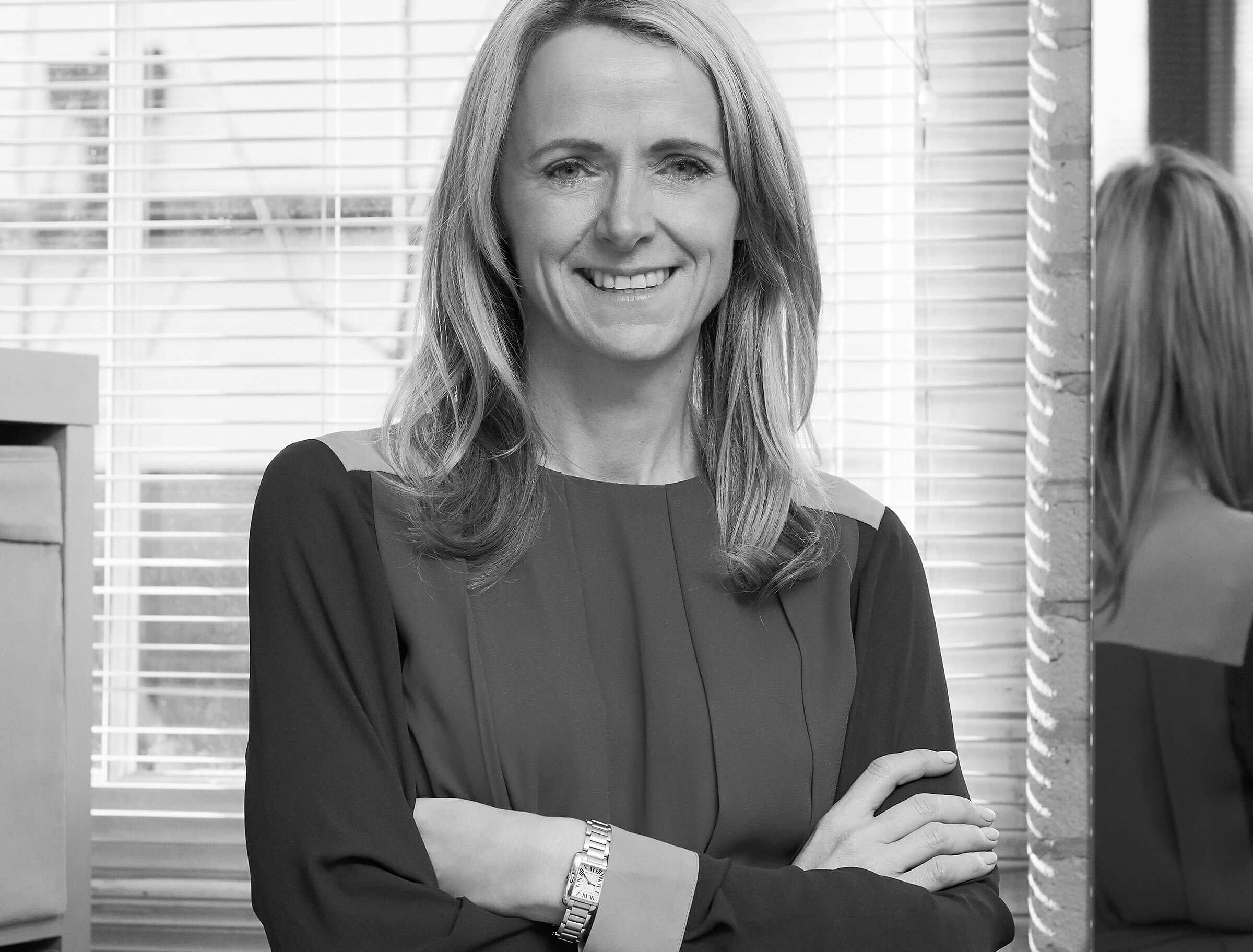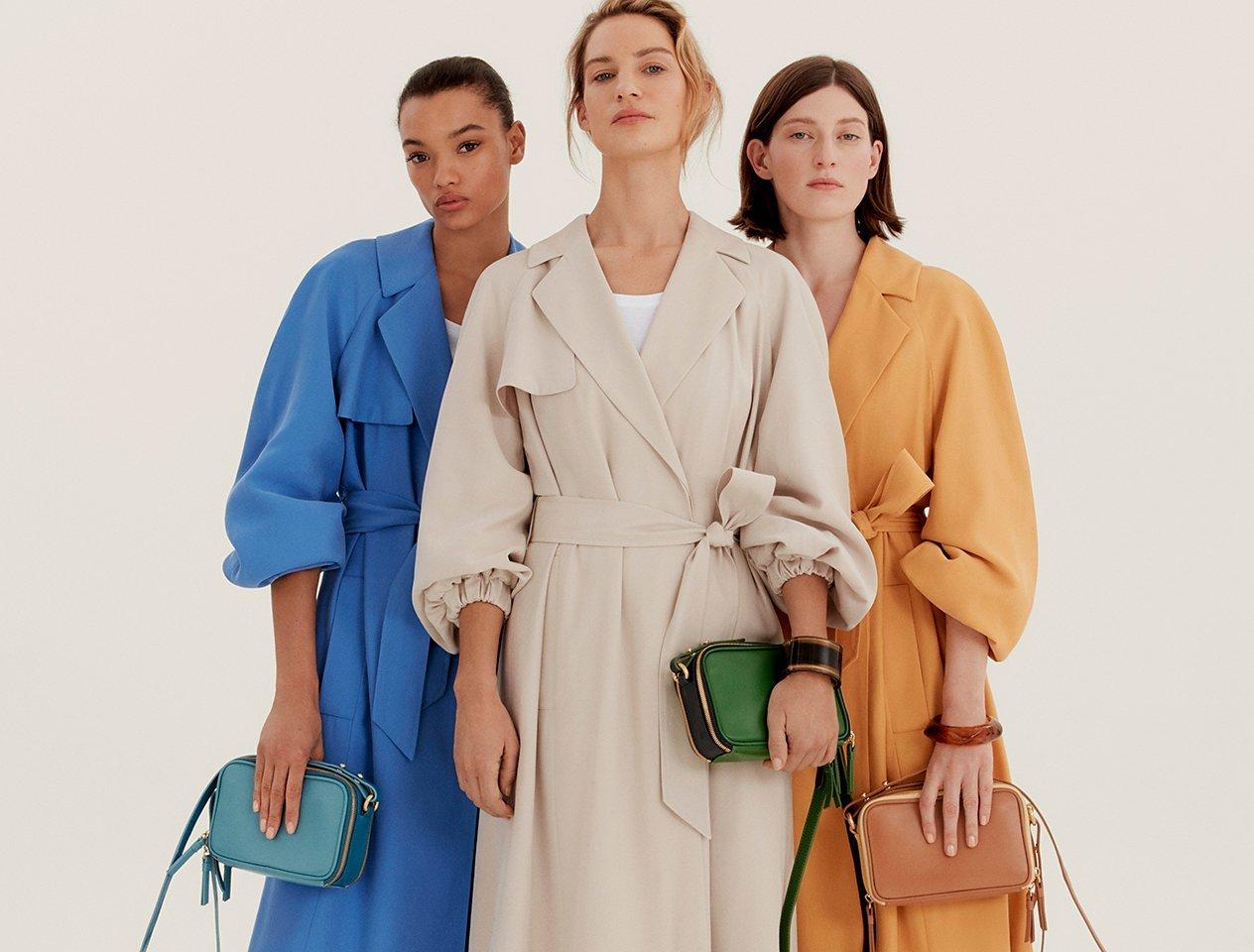INNOVATIVE YET TIMELESS, WE ALL WANT TO OWN A MULBERRY BAG. HERE’S WHY, ALMOST 50 YEARS AFTER ITS LAUNCH, IT’S STILL THE LABEL TO TOTE
Iconic, aspirational and resolutely British, just saying the word Mulberry is enough to excite not just fans of the brand, but those who admire it from a distance. Its bags are like friends we’re on first-name terms with: Bayswater, Alexa, Lily… and consistently strike a balance between being covetable and innovative. They command cult status, but never at the expense of the timelessness and quality with which the brand has become synonymous.
‘It’s this formula of style and quality that hugely resonates with people,’ says Sammi Rowe, Partner & Handbags Buyer. ‘The brand has consistently led the way in the bags market, creating notable iconic pieces such as the Bayswater – a classic still being carried by women all over the world since its conception in the early noughties.’
“It’s this formula of style and quality that hugely resonates with people”
What makes a bag desirable, according to Mulberry’s creative director Johnny Coca, is not just design, but a unique blend of construction and subjectivity. ‘It should be an extension of you,’ he says. ‘It’s your second home and caters for the specific needs in your life. It should be timeless but reflect your own personality. When I design a bag, at every stage of its development, I ask: what makes this bag different to anything on the market?’
With more than a decade of experience at Louis Vuitton and Celine before being lured across the Channel in 2015, Coca is the master of making bags with a compelling USP. For Mulberry he has conjured the Amberley, an equestrian-inspired design distinguished by its subtle satchel shape and adorned with the elegant, gold-tone Rider’s Lock.
There’s also the Hampstead, with its sleek drawstring closure and colour-pop palette; and not forgetting the ladylike Seaton, with its boxy shape and croc-embossed finishes, shrunk down to irresistible mini and micro shapes.
“construction is so integral to what we do. Craftsmanship will always play a huge role in Mulberry”
Mulberry was founded in 1971 in Somerset by Roger Saul. Named after the trees that he would pass each day on his way to school, Saul started producing buckled leather belts with £500 backing from his mother. It was a kitchen table endeavour that snowballed into bags and eventually, womenswear. Today, it is the largest manufacturer of luxury leather goods in the UK. Across its two factories in Somerset, a 600-strong team of local craftspeople are responsible for 50% of the brand’s manufacture. ‘Because construction is so integral to what we do, craftsmanship will always play a huge role in Mulberry,’ says Johnny.
Johnny, who was born in Spain and studied design and architecture in Paris, uses his European perspective on UK culture to his creative advantage. ‘There is an attitude around Britishness and British style that makes it so distinctive. London inspires me a lot because of its diversity, its freedom and attitude. I love to people-watch in the streets.’ He cites ‘anything that provokes emotion’ as inspiration – namely music, films, art and architecture.
He even has affection for the most British of traits: ‘I love the humour and that people don’t take themselves too seriously… and the ability to talk about the weather for hours on end.’



